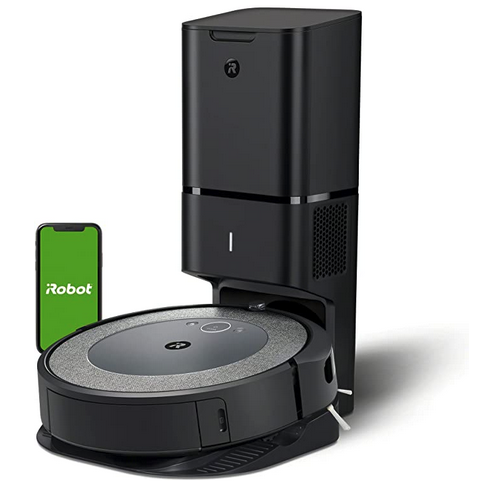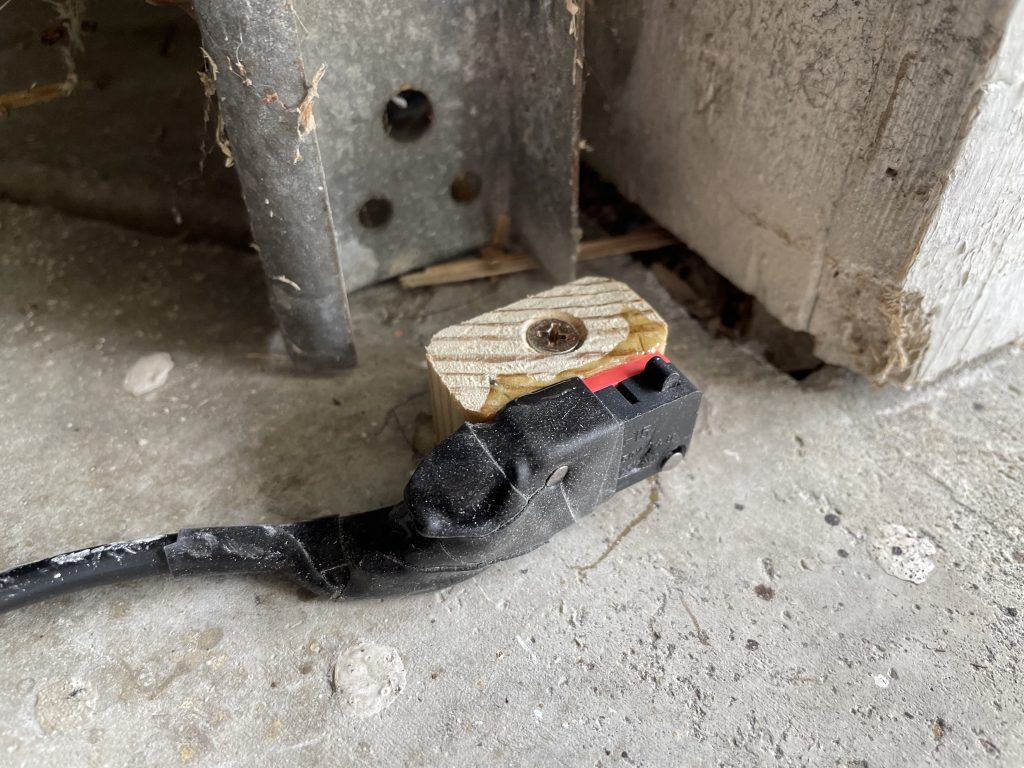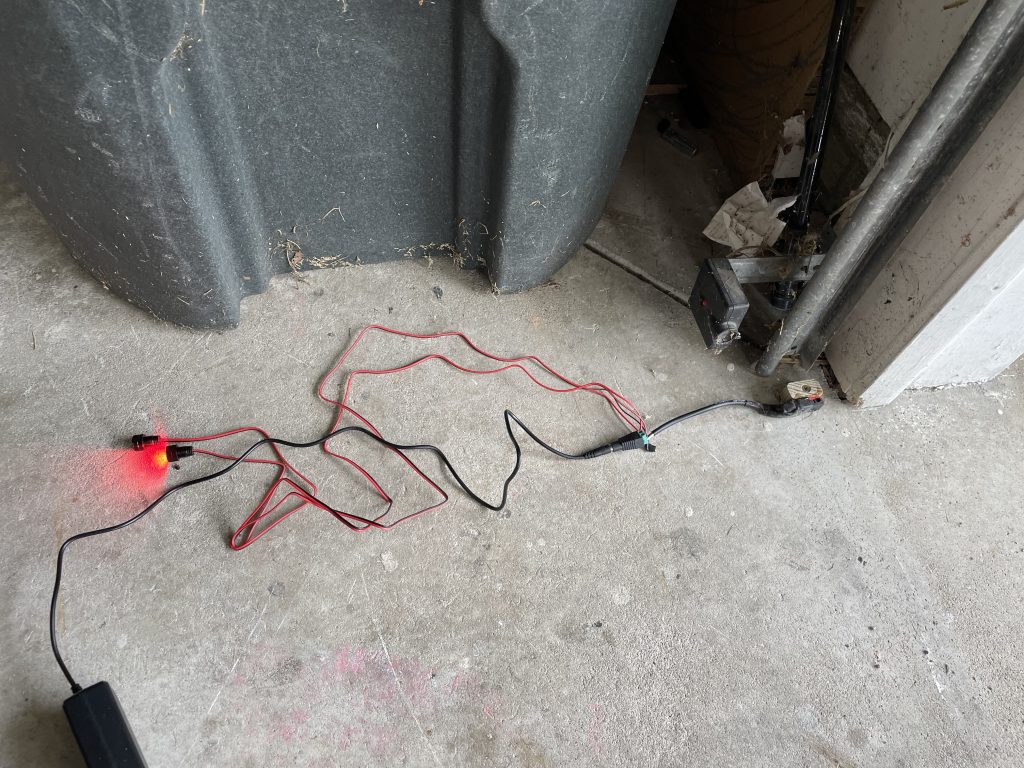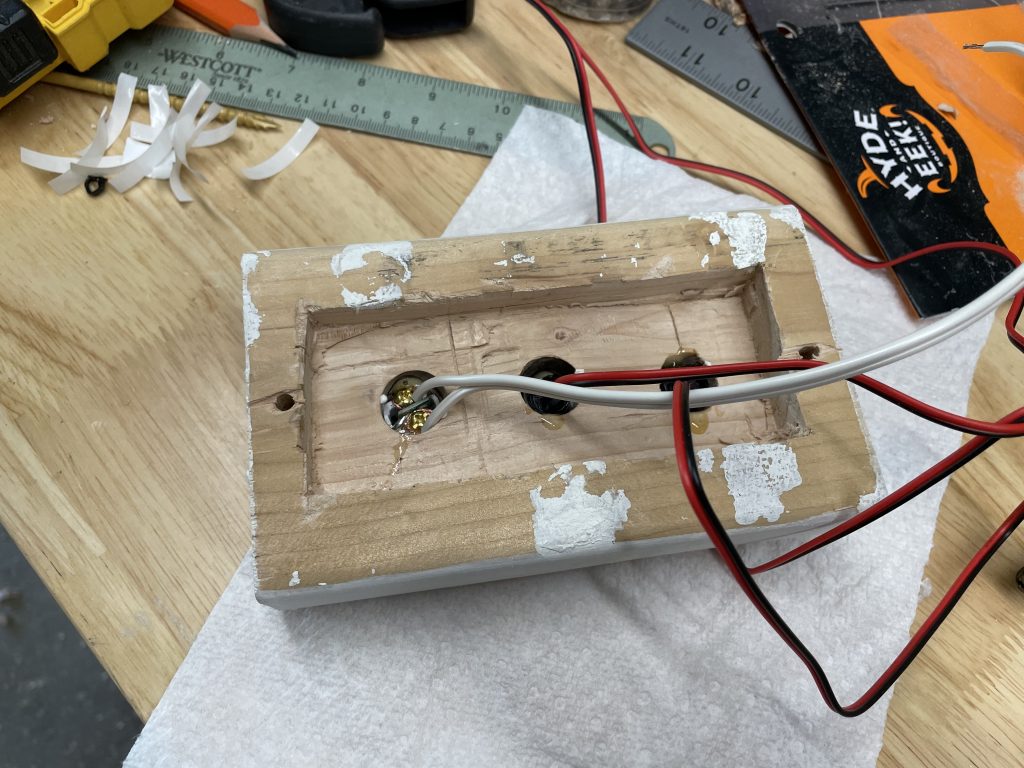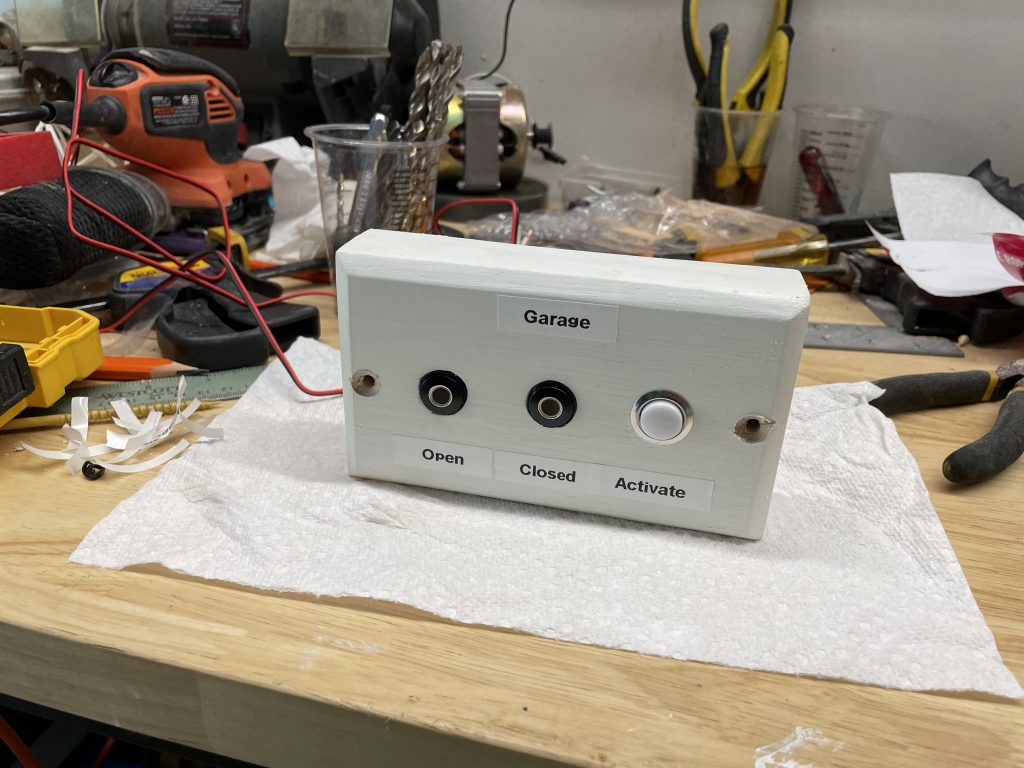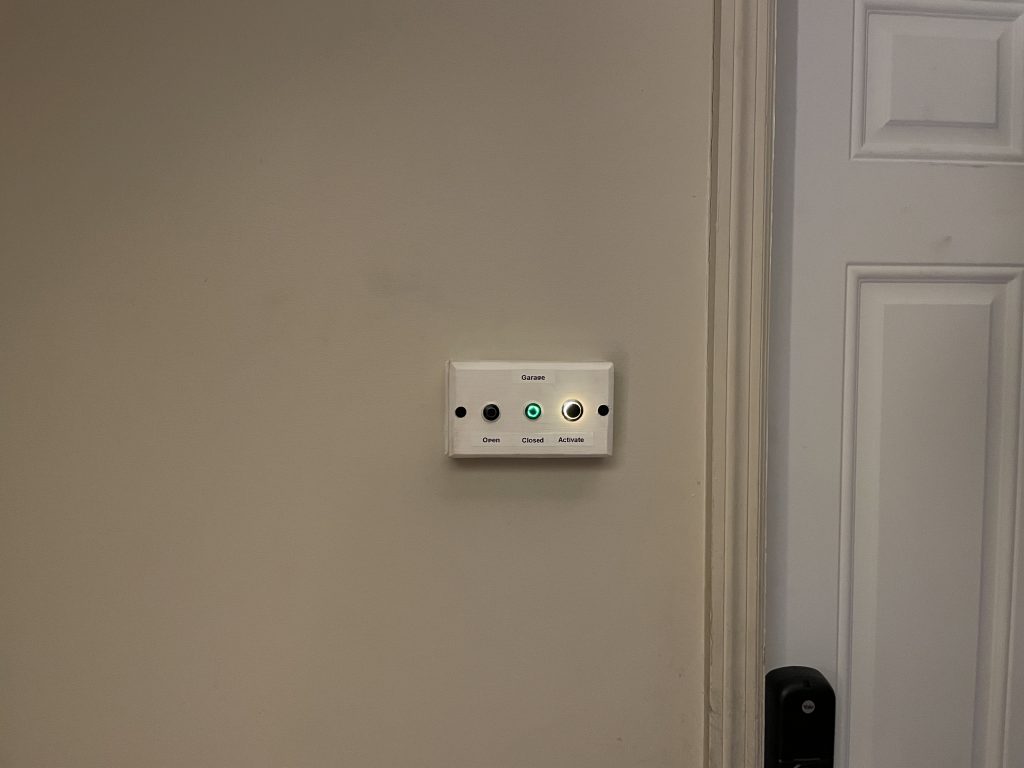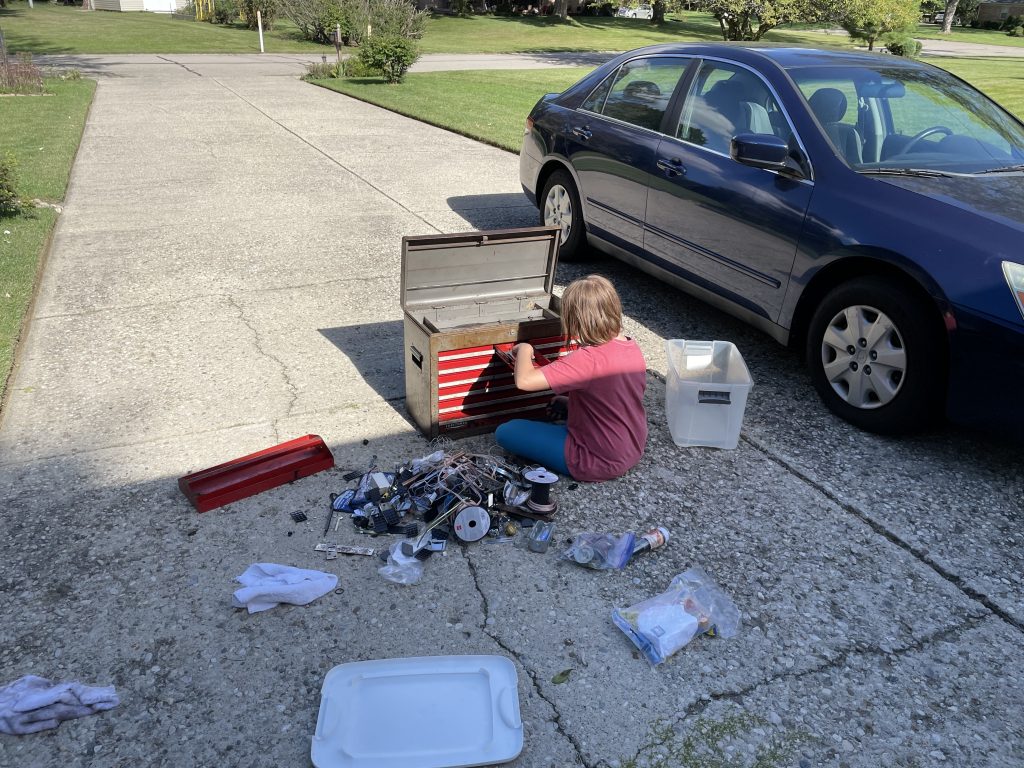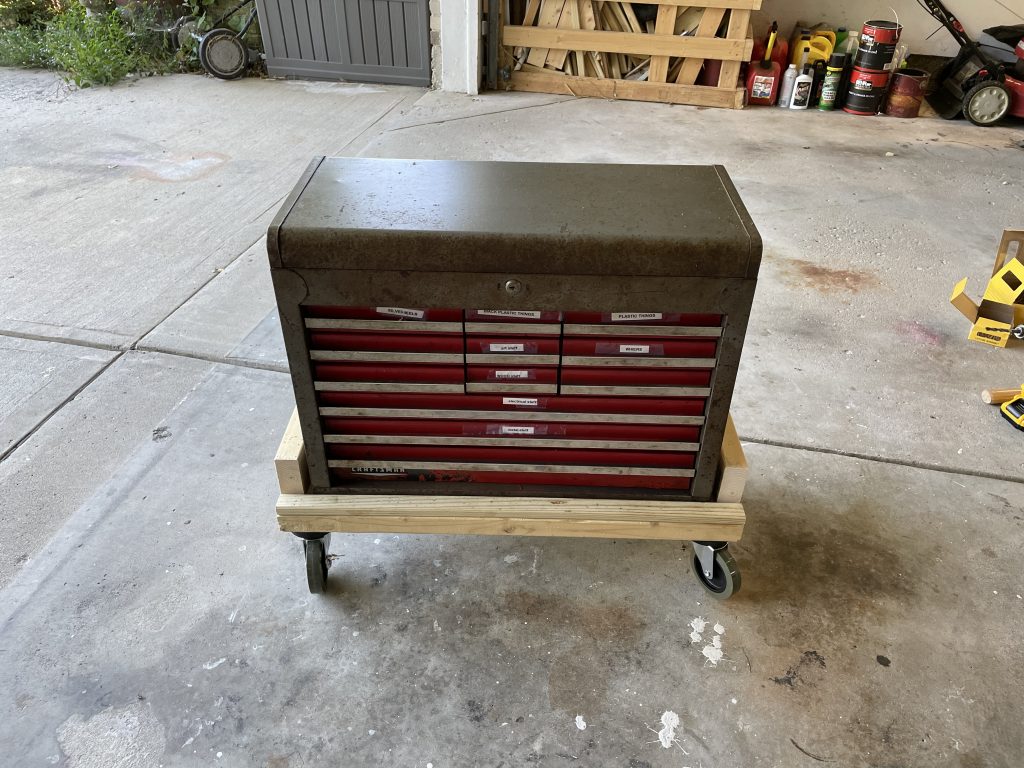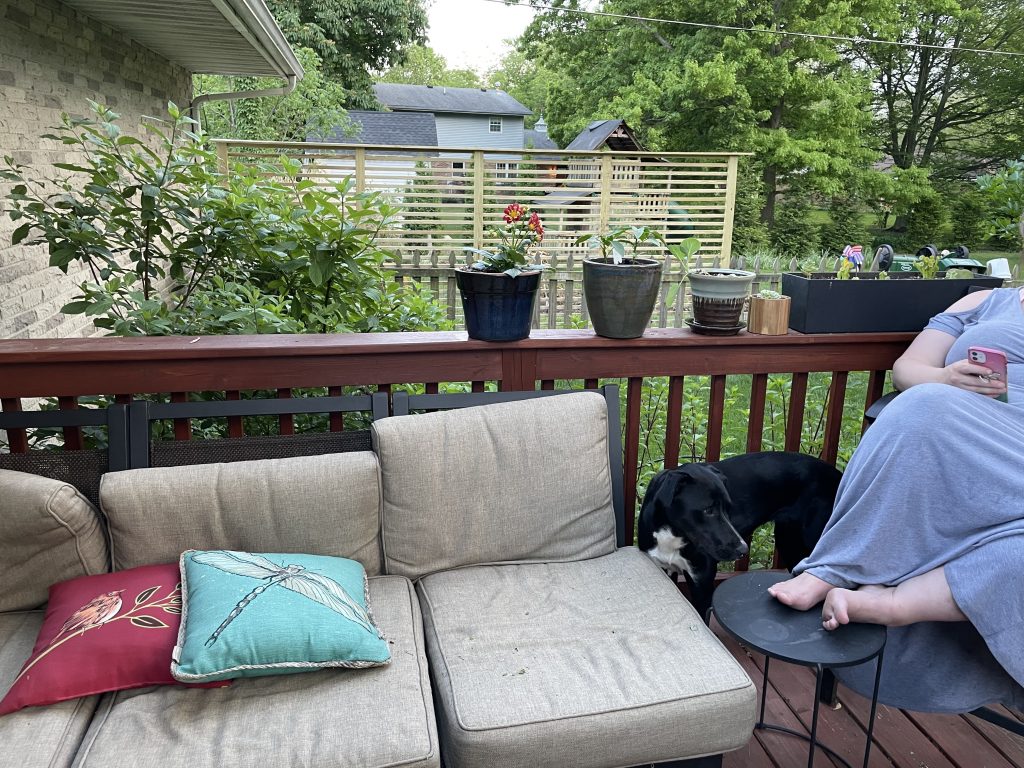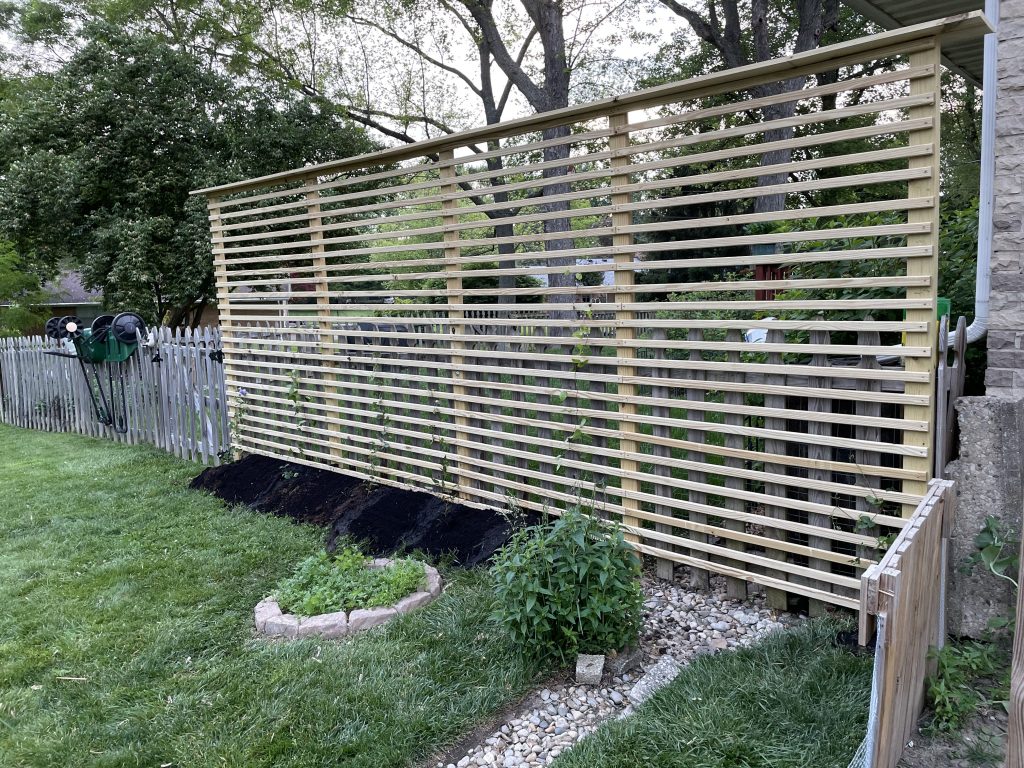There’s a story I like to share, because it’s a fantastic example of an old couple argument. It went something like this:
Once upon a time, LED lightbulbs weren’t a major player yet, and it was in that brief period where the world was adjusting to CFLs, and old conspiracy theorists everywhere were collapsing from ruptured aneurysms after the government started mandating energy consumption limits on illumination. Of all the things to worry over, and it took an NSA defector to get the general public to even acknowledge the government’s wholesale data mining of citizens’ digital lives–which, I might add, ended with the general public retaining their complete indifference. But those lightbulbs! The government’s up to something and we should be angry!

A more rational complaint with early CFLs was their color spectrum. Bright white lighting is but one source of the eternal migraine hell office workers must endure (a close second to bad bosses), and people were understandably reluctant to replicate those conditions at home. And so began the lightbulb stockpiling (and, you know, because of whatever the government was up to).
Now, as an aquarium keeper, I wondered why no one would make a more yellowish bulb, for the variety of different colored fluorescent T8s I’d kept in my tanks over the years had clearly demonstrated that the problem was already figured out.
I didn’t have to wait long. Manufacturers started making CFLs in more pleasant shades, and even printed the Kelvin rating. But the damage was done. It seemed no one trusted them, nefarious government plans notwithstanding.
Liz was one such slow adopter–not that she ever suspected crazy government plans. Rational suspicion of plausible evil government plans, sure, like what most normal people have. Nay, it came down to bad experiences with the early bulbs and the fact that the choice to use incandescents still existed, so why change? The only reason I cared myself was because the old bulbs burnt out so damn quick and were expensive to replace. There was a lightbulb cartel you know, which mandated an artificial lifespan of a maximum of 1000 hours. Not a government conspiracy maybe, but certainly mafia-corporate shenanigans.

To further place me into illumination cost woes, apartment wiring was generally limited to one switch-enabled outlet for a living room. One lamp on one switch. Turning the home from perpetual twilight into something by which one could actually read required a 250 watt bulb. These bulbs were not cheap, and as mentioned before, burnt out quickly. So I explored those new-fangled CFLs–a higher upfront cost, but a much longer operational life.
Being sure to buy a low-K bulb, I installed a CFL of the same lumen rating the next time the incandescent burnt out. Liz complained–when I suggested a CFL, when I was buying the CFL, and after I had installed the CFL. I couldn’t tell if the difference was significant or there was bias. So I hatched a plan: use the complainer as a test subject in a very brief blind study.
I ran back to the store and bought another incandescent, and swapped it when Liz wasn’t looking. I then waited, and when she again complained about the bulb I triumphantly removed the lamp shade to reveal the same type of incandescent which had been installed previously! Huzzah! Turns out no one could tell the difference. And all it took was a little bit of reverse-gaslighting my most trusted loved one. A small price for the sake of finances. She’d forgive me eventually.
In the meantime, I was cleared to finally start buying CFLs as old bulbs died. And when CFLs lost their popularity to LEDs (which applied the CFL spectrum lesson immediately), there was no argument.
But…LEDs didn’t take this lesson to heart in all products. Christmas lights were not given such discerning treatment. And while I argued for their merits, such as longevity and more robust construction (they didn’t burn out or fail catastrophically after being put up…usually), I had to concede that they just didn’t look as good as classic incandescents.
But then Liz found a style of LEDs that resembled them. So we switched over. But every year she fears a return to the olden days, and buys more of that type, on the chance that the manufacturer will discontinue them. And with more lights on hand, I put them up. And the following year she buys more. And I put those up too.
My point? Well, I just find it an amusing story in marital disagreements regarding changing illumination technologies. But she got her revenge. Each year I spend more time crawling around on the cold roof.
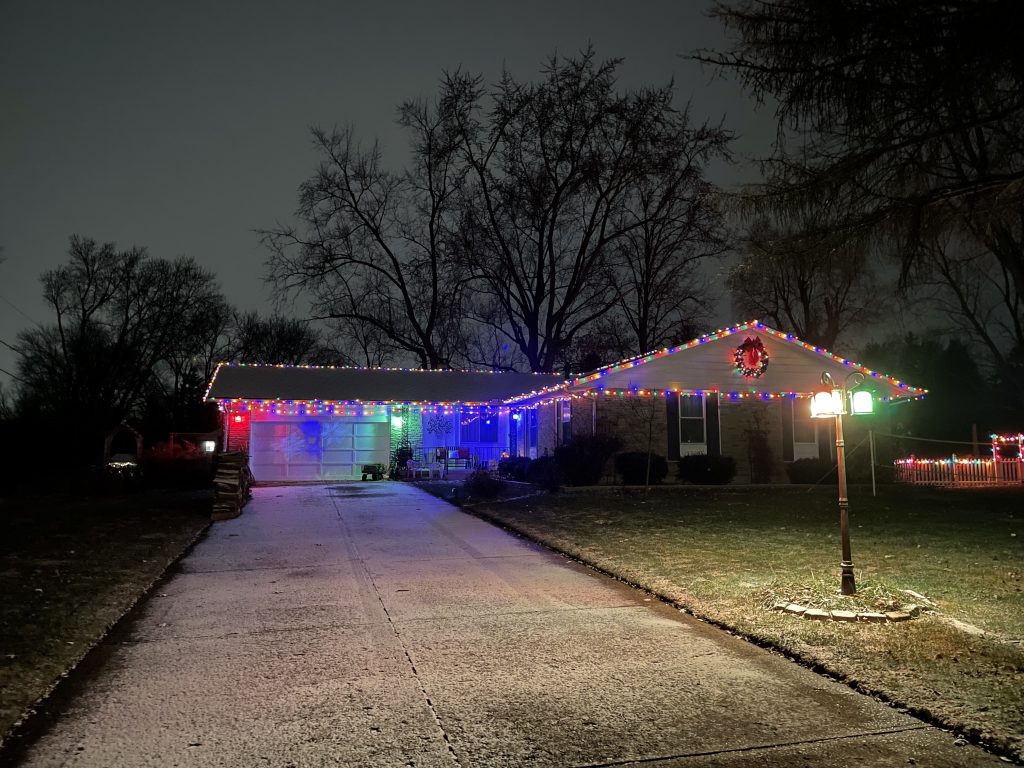
May your days be merry and bright–with 2700K spectrum LEDs.
–Simon

